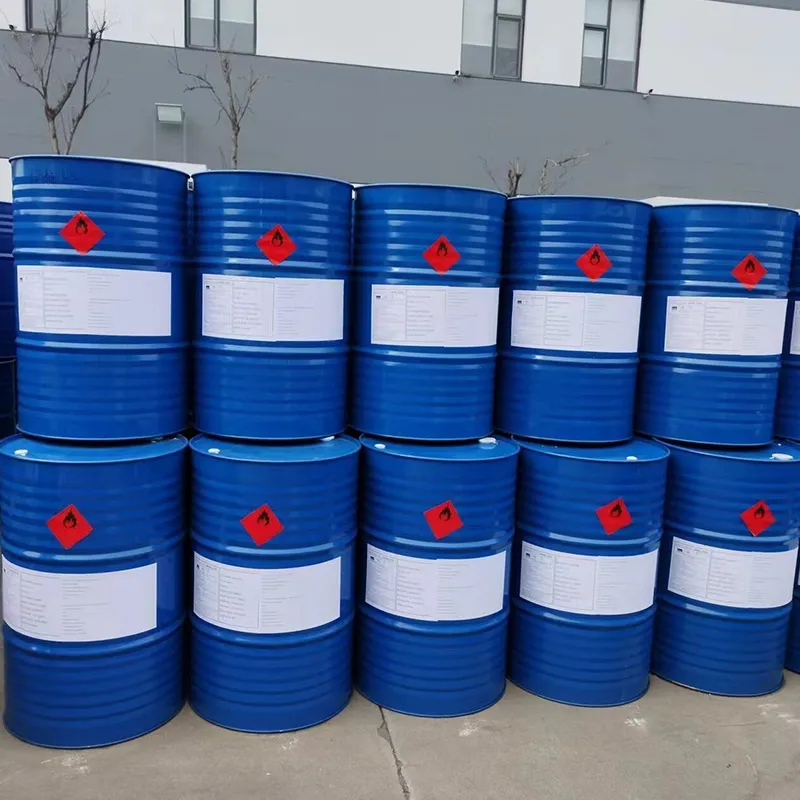
Understanding HPLC Solvents and Their Role in High-Performance Liquid Chromatography
Understanding HPLC Solvents Their Importance and Selection Criteria
High-Performance Liquid Chromatography (HPLC) is an essential analytical technique widely utilized in various scientific fields, including pharmaceuticals, biochemistry, and environmental science. The efficiency and resolution of HPLC depend significantly on the solvents used in the mobile phase, making the selection of HPLC solvents a critical factor for successful chromatographic separation.
What are HPLC Solvents?
HPLC solvents, also known as mobile phase solvents, are liquids that carry the sample through the chromatography column. They facilitate the separation of compounds based on their interactions with the stationary phase (the material within the column) and their solubility in the solvents. The nature, composition, and properties of these solvents can greatly influence the retention time, resolution, and selectivity of the compounds being analyzed.
Types of HPLC Solvents
Broadly, HPLC solvents can be categorized into two types polar and non-polar solvents
.1. Polar solvents include water, methanol, acetonitrile, and ethanol. These are commonly used when analyzing hydrophilic compounds. Water is often mixed with organic solvents to adjust polarity to achieve better separation.
2. Non-polar solvents, such as hexane and chloroform, are typically used for the separation of hydrophobic or lipophilic compounds. Non-polar solvents enhance the interaction of the sample with non-polar stationary phases.
The choice of solvent greatly depends on the nature of the sample and the type of column used for the chromatographic process. For instance, a reversed-phase HPLC technique typically employs a polar solvent mixture, while normal-phase HPLC uses non-polar solvents.
hplc solvents

Importance of Solvent Quality
The quality of HPLC solvents cannot be overstated. High-purity solvents minimize the risk of contamination and ensure consistent results. Impurities can interfere with the separation process, leading to poor resolution and erroneous data interpretation. Therefore, it is crucial to utilize HPLC-grade solvents, which are specifically purified and guaranteed to contain minimal impurities.
Additionally, the choice of solvent must also consider other factors such as viscosity, volatility, pH stability, and the solvent's ability to dissolve the analytes effectively. These parameters can significantly influence the flow rates and retention times, impacting the overall efficiency of the chromatographic method.
Solvent Combinations and Gradients
In many applications, a single solvent may not provide the desired separation. Consequently, a combination of solvents is often used to create a gradient elution. This involves gradually changing the solvent composition during the run to improve the separation of various components in the sample mixture. Gradient methods can lead to sharper peaks and better resolution, especially for complex mixtures.
For instance, starting with a high percentage of a polar solvent and gradually increasing the proportion of a non-polar solvent can help in eluting compounds according to their polarity. This method provides significant flexibility and optimization in bid to achieve the best separation.
Conclusion
In conclusion, the choice and quality of HPLC solvents are fundamental to achieving reliable and reproducible results in high-performance liquid chromatography. A thorough understanding of the types of solvents, their properties, and how they interact with both the stationary phase and the analytes is essential for any chemist or researcher working with HPLC. Whether dealing with simple mixtures or complex matrices, selecting the appropriate solvents plays a pivotal role in the success of analytical projects, making solvent selection an indispensable part of any chromatographic method development.
-
Comprehensive Guide to Acetic Acid as Preservative: Benefits, Uses & Future TrendsNewsNov.24,2025
-
What Is a Food Additive? Global Insights, Applications & Future TrendsNewsNov.24,2025
-
968 Sweetener: The Modern Solution for Health-Conscious SweeteningNewsNov.23,2025
-
Discover the Benefits and Uses of 965 Sweetener (Erythritol) | Tenger ChemicalNewsNov.23,2025
-
961 Sweetener - A Next-Gen Sugar Alternative for Health and IndustryNewsNov.23,2025
-
Understanding 960 Sweetener: The Modern Sugar Alternative for Health and IndustryNewsNov.22,2025
-
Everything You Need to Know About 955 950 Sweeteners – Benefits, Uses, and TrendsNewsNov.22,2025
Hebei Tenger Chemical Technology Co., Ltd. focuses on the chemical industry and is committed to the export service of chemical raw materials.
-

view more DiethanolisopropanolamineIn the ever-growing field of chemical solutions, diethanolisopropanolamine (DEIPA) stands out as a versatile and important compound. Due to its unique chemical structure and properties, DEIPA is of interest to various industries including construction, personal care, and agriculture. -

view more TriisopropanolamineTriisopropanolamine (TIPA) alkanol amine substance, is a kind of alcohol amine compound with amino and alcohol hydroxyl, and because of its molecules contains both amino and hydroxyl. -

view more Tetramethyl Thiuram DisulfideTetramethyl thiuram disulfide, also known as TMTD, is a white to light-yellow powder with a distinct sulfur-like odor. It is soluble in organic solvents such as benzene, acetone, and ethyl acetate, making it highly versatile for use in different formulations. TMTD is known for its excellent vulcanization acceleration properties, which makes it a key ingredient in the production of rubber products. Additionally, it acts as an effective fungicide and bactericide, making it valuable in agricultural applications. Its high purity and stability ensure consistent performance, making it a preferred choice for manufacturers across various industries.





